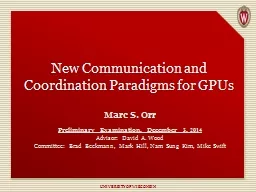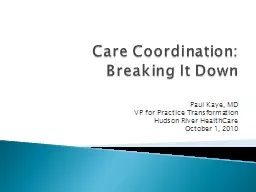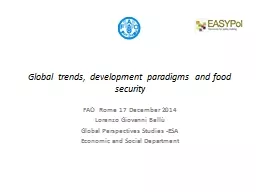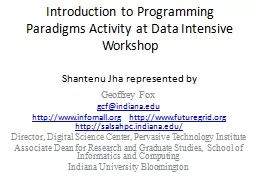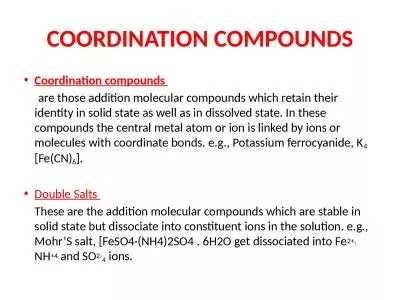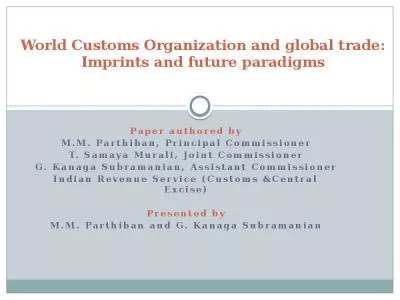PPT-Communication and Coordination Paradigms for
Author : olivia-moreira | Published Date : 2018-09-21
Highlyparallel Accelerators Marc S Orr PhD Defense December 5 2016 Advisor David A Wood Committee Brad Beckmann Mark Hill Nam Sung Kim Karu Sankaralingam
Presentation Embed Code
Download Presentation
Download Presentation The PPT/PDF document "Communication and Coordination Paradigm..." is the property of its rightful owner. Permission is granted to download and print the materials on this website for personal, non-commercial use only, and to display it on your personal computer provided you do not modify the materials and that you retain all copyright notices contained in the materials. By downloading content from our website, you accept the terms of this agreement.
Communication and Coordination Paradigms for: Transcript
Download Rules Of Document
"Communication and Coordination Paradigms for"The content belongs to its owner. You may download and print it for personal use, without modification, and keep all copyright notices. By downloading, you agree to these terms.
Related Documents

